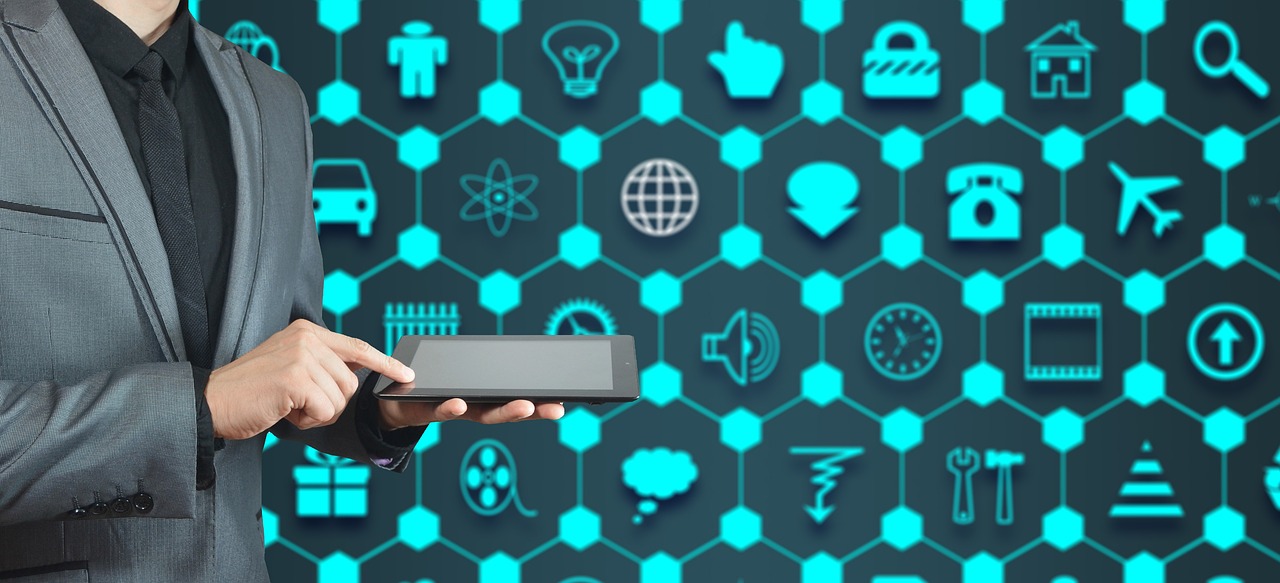Tech Trends in Smart City Infrastructure
In the realm of smart city infrastructure, one pivotal component lies in the establishment of a robust communication network. This network serves as the foundation that enables the interconnectivity of various systems and devices within the city, facilitating seamless data exchange and analysis. By leveraging advanced communication technologies, such as 5G networks and Internet of Things (IoT) devices, cities can enhance their operational efficiency, improve public services, and optimize resource allocation.
Another essential element of smart city infrastructure is the integration of intelligent transportation systems. These systems encompass a range of technologies, including traffic sensors, smart traffic lights, and connected vehicles, all working in harmony to alleviate traffic congestion, enhance road safety, and promote sustainable mobility solutions. By incorporating data-driven approaches and real-time traffic management strategies, cities can not only streamline transportation operations but also reduce greenhouse gas emissions and foster a greener urban environment.
Sustainable Energy Solutions
As cities strive to become more sustainable and environmentally friendly, the adoption of renewable energy sources has emerged as a pivotal solution. Solar energy, in particular, has gained significant traction due to its clean and abundant nature. The installation of solar panels on rooftops and open spaces within urban areas not only helps in reducing carbon emissions but also contributes to lowering electricity costs for both residential and commercial buildings.
Another sustainable energy solution that is making waves in smart city infrastructure is wind energy. With advancements in technology, wind turbines are now more efficient and capable of harnessing wind power to generate electricity for urban communities. Integrating wind farms within city limits presents a viable opportunity to diversify energy sources and reduce reliance on non-renewable resources such as fossil fuels. By tapping into the potential of wind energy, cities can move closer towards their goal of achieving a greener and more sustainable future.
What are the key components of smart city infrastructure?
The key components of smart city infrastructure include smart grid systems, renewable energy sources, energy-efficient buildings, electric vehicles, and advanced communication networks.
What are some examples of sustainable energy solutions?
Some examples of sustainable energy solutions include solar panels, wind turbines, hydroelectric power, geothermal energy, and biofuels.
How can sustainable energy solutions benefit the environment?
Sustainable energy solutions can benefit the environment by reducing greenhouse gas emissions, decreasing air and water pollution, conserving natural resources, and promoting biodiversity.
What are the challenges associated with implementing sustainable energy solutions?
Some challenges associated with implementing sustainable energy solutions include high upfront costs, intermittency of renewable energy sources, lack of infrastructure, and resistance from traditional energy industries.
How can cities promote the adoption of sustainable energy solutions?
Cities can promote the adoption of sustainable energy solutions by offering incentives to businesses and residents, implementing policies that support renewable energy development, and investing in research and development of new technologies.





